Nothing ruins a perfect summer evening faster than buzzing pests. We’ve all been there—trying to enjoy a barbecue or relax outdoors, only to spend the night swatting away mosquitoes. Traditional bug sprays and citronella candles just don’t cut it anymore.
Thankfully, today’s mosquito traps offer smarter solutions. Unlike old-school methods, these products target pests without harsh chemicals. Whether you’re dealing with aggressive species or just want a peaceful patio, the right system ensures effective mosquito control and makes all the difference.
We tested top-rated options like Thermacell LIV and Mosquito Magnet® Executive to find what really works. Our guide helps you choose based on your needs, budget, and local bug populations. Let’s reclaim your outdoor space together!
Key Takeaways
- Modern traps provide better protection than traditional repellents.
- Different systems work best for specific regional pests.
- Top brands like Thermacell and Mosquito Magnet offer reliable solutions.
- Eco-friendly options reduce chemical use in your yard.
- Proper placement maximizes a trap’s effectiveness.
Why Mosquito Control Matters
Mosquitoes aren’t just annoying—they pose real dangers. The CDC warns that disease-carrying species are expanding across the U.S., bringing health risks to your doorstep. From West Nile to Zika, these pests threaten more than your comfort.
In 2022, over 1,100 West Nile cases were reported nationwide. Dengue and Zika outbreaks also spike during warmer months. These diseases can lead to severe symptoms, especially in kids and older adults.
Unchecked mosquito populations disrupt local ecosystems too. They overwhelm bird and fish species that rely on them for food, throwing off *ecological balance*. Overbreeding also strains natural predators.
The financial toll adds up. Households spend billions yearly on medical bills and pest solutions. Consumer Reports notes a 40% surge in demand for reliable mosquito control since 2020.
Protecting your environment and family starts with smart prevention. The right approach keeps your yard safe without harming beneficial insects. Let’s tackle these challenges together.
How Mosquito Traps Work
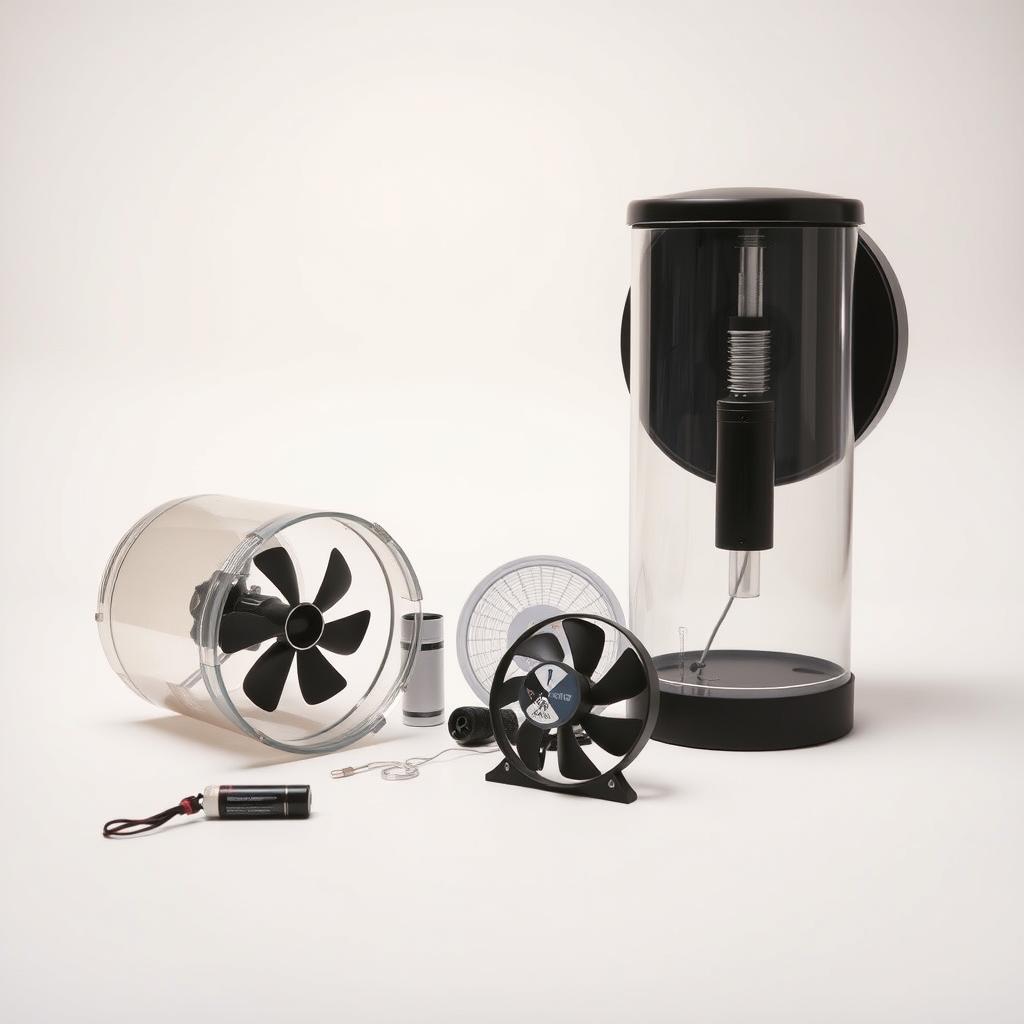
Advanced traps use science to turn the tables on biting insects. Unlike sprays that just repel, these devices mimic what draws mosquitoes to humans. The result? Fewer bites and a quieter yard.
The Science Behind Attracting Mosquitoes
Female mosquitoes hunt using carbon dioxide, body heat, and chemical signals. Brands like Mosquito Magnet® replicate this by converting propane into CO2, moisture, and warmth. It’s like setting a dinner bell for pests.
Thermacell LIV takes a different approach. Its pods release a repellent (5.5% metofluthrin) that creates a protective zone. LSU entomology research confirms both methods work—but for different scenarios.
Key Components of a Mosquito Trap
Effective traps share core features:
- Attractants: CO2, heat, or chemical lures to mimic humans.
- Capture mechanisms: Fans or nets to contain pests.
- Smart sensors: Adjust output based on mosquito activity.
Placement matters too. Set traps upwind of seating areas for optimal chemical dispersion. This ensures pests are intercepted before they reach you.
Types of Mosquito Traps
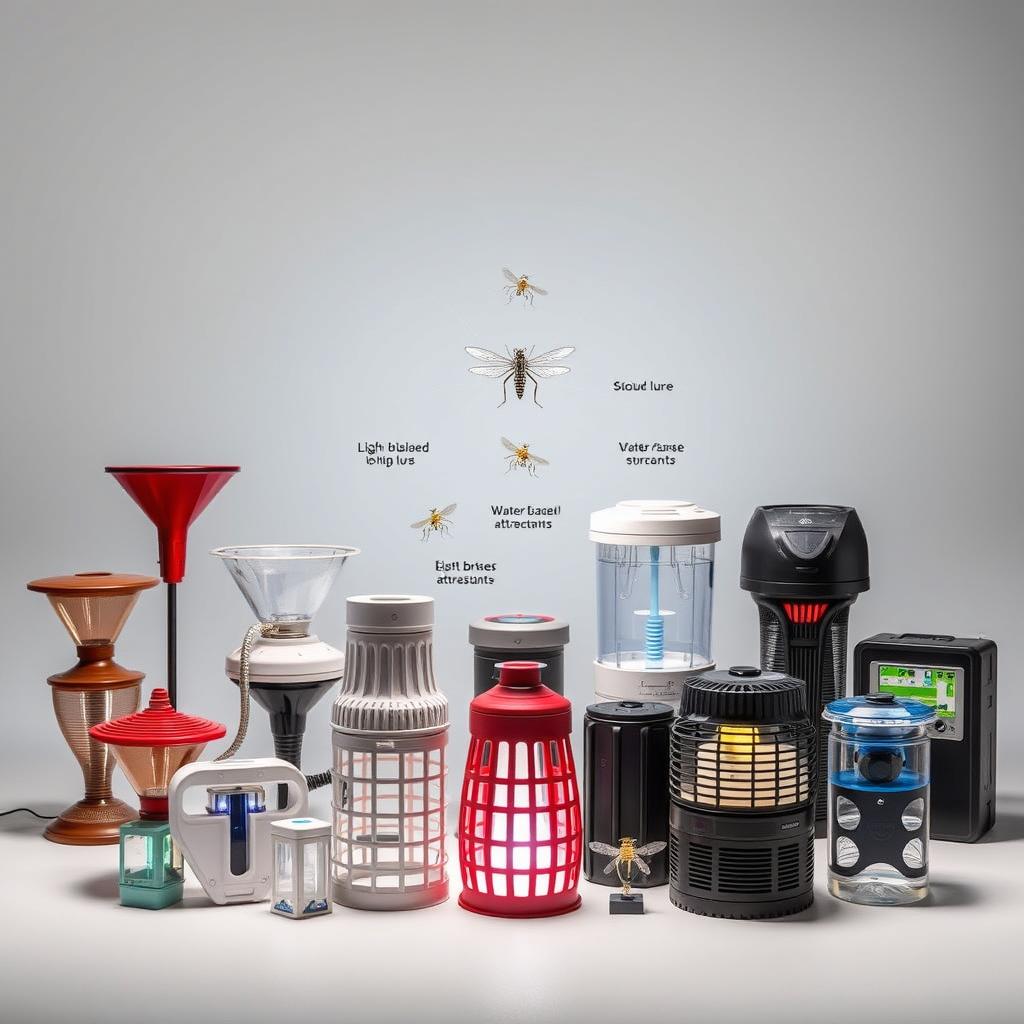
Modern traps fall into three main categories, each with unique advantages. Whether you need heavy-duty pest reduction or a subtle barrier, there’s a solution for your space.
Propane-Powered Traps
Systems like Mosquito Magnet® use propane to mimic human breath. They release carbon dioxide and warmth, luring pests away from people. These excel in large yards but require regular fuel refills.
Electric and UV Light Traps
Traditional bug zappers attract insects with UV light but kill less than 0.1% of biting pests (UF Lab research). Newer models target specific species’ phototaxis, though results vary by region.
Spatial Repellent Systems
Thermacell LIV creates a 20-foot protection zone using metofluthrin. Field tests show it reduces bites by 80% without propane. Ideal for patios, but avoid windy spots.
Chemical vs. non-chemical approaches matter too. Propane traps avoid chemicals, while spatial systems offer low-impact options for sensitive environments.
Top Mosquito Traps Compared
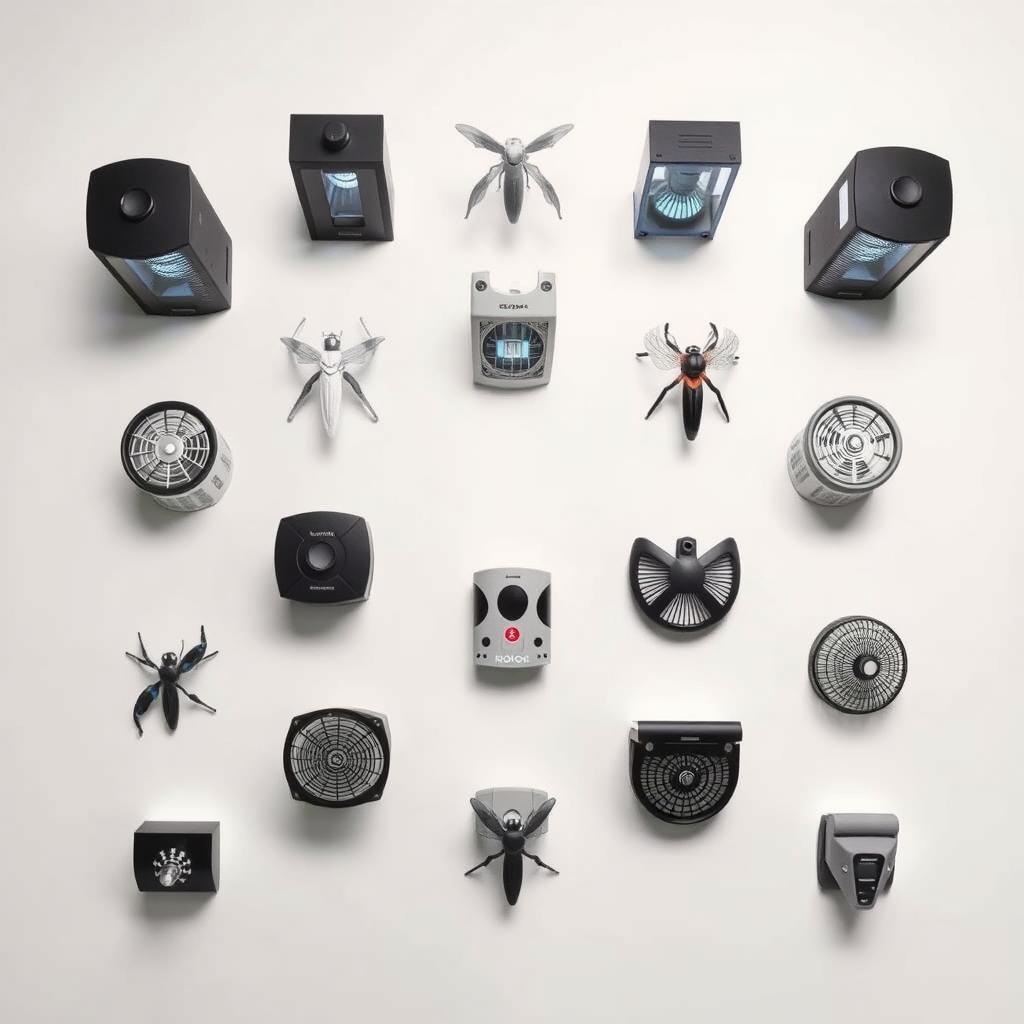
Choosing the right mosquito trap can feel overwhelming with so many options available. We tested leading models to simplify your decision. Here’s how top picks stack up for coverage, tech, and value.
Thermacell LIV Smart Mosquito Repellent System
This product shines for tech-savvy users. Its app controls scheduling and sends maintenance alerts. Each repeller covers 20 feet, and you can add units to scale protection.
At $800+, it’s an investment. But metofluthrin pods last weeks, reducing long-term cost. Consumer Reports noted an 80% bite reduction in field tests.
Mosquito Magnet® Executive Trap
Ideal for large yards, this mosquito magnet protects up to 1 acre. It converts propane into CO2, mimicking human breath. Catalytic technology ensures consistent performance.
Propane refills add to expenses, but its coverage is unmatched. Perfect for rural areas with aggressive species.
Bug Zappers vs. Mosquito-Specific Traps
Traditional zappers attract bugs with UV light but rarely target biters. Research from the University of Florida shows they kill less than 0.1% of mosquitoes.
Modern traps focus on CO2 and heat—what females actually seek. Skip the zapper buzz unless you want a nightlight.
Features to Look for in a Mosquito Trap
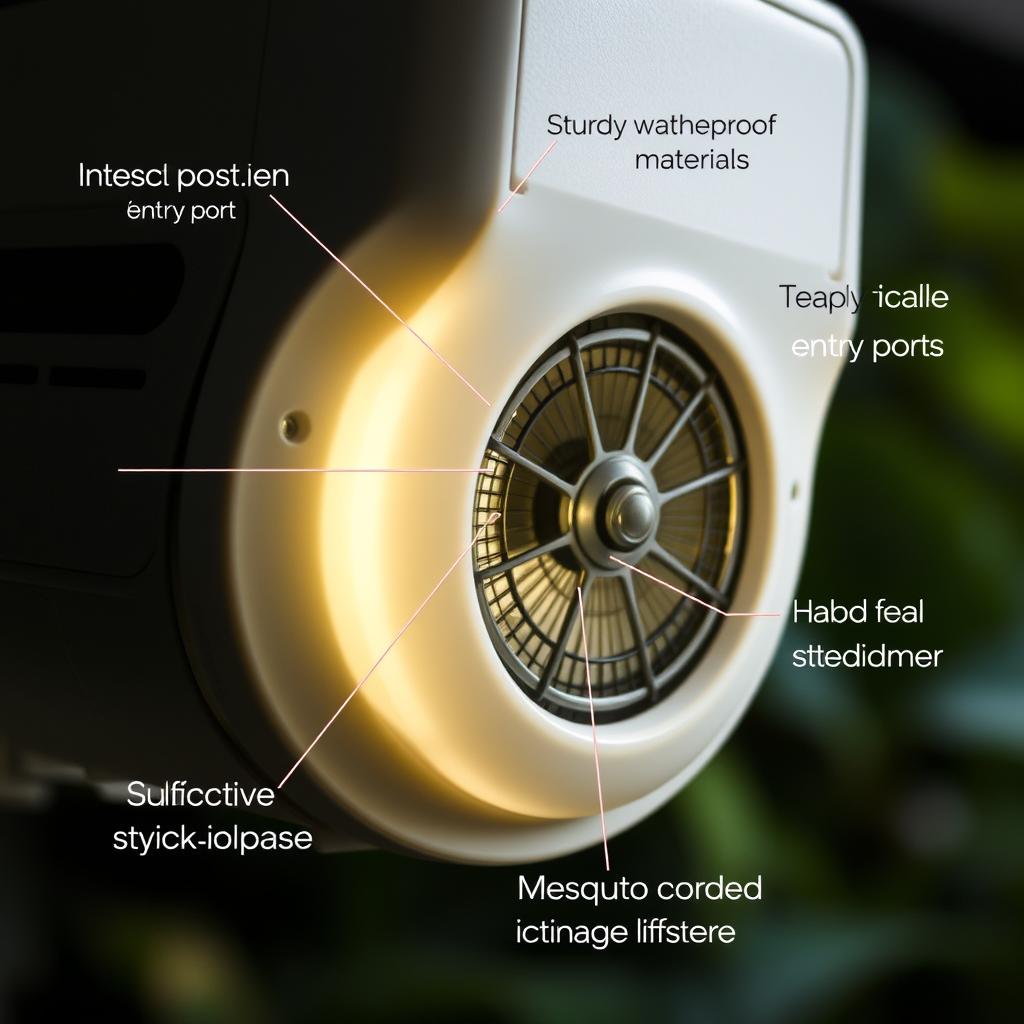
Not all mosquito solutions are created equal—key features set the best apart. Whether you’re guarding a cozy patio or a sprawling yard, the right products combine smart tech with hassle-free upkeep. Let’s break down what matters most.
Coverage Area and Efficiency
Size matters. Urban lots might need just 500 sq. ft. of protection, while rural properties often require 1+ acre coverage. Thermacell LIV’s 20-foot zones scale with add-ons, whereas Mosquito Magnet® blankets large areas with propane-powered efficiency.
Check runtime too. Some pods last 100 hours; others, like propane tanks, run for 21 days. Match the amount of upkeep to your lifestyle.
Ease of Use and Maintenance
Look for smart features: app alerts for low fuel, automatic shutoffs, and easy-clean nets. Thermacell’s app simplifies scheduling, while Mosquito Magnet’s catalytic tech reduces manual tweaks.
Daily tasks vary. Propane traps need tank swaps; spatial repellents just require pod changes. Pick what fits your life.
Environmental Impact
EPA-registered chemicals like metofluthrin are low-risk but effective. For chemical-free options, CO2 traps avoid sprays altogether. Always check disposal guidelines for nets and containers.
Your environment benefits when traps target pests without harming pollinators. Balance power with planet-friendly design.
Our Top Pick for Reliable Protection
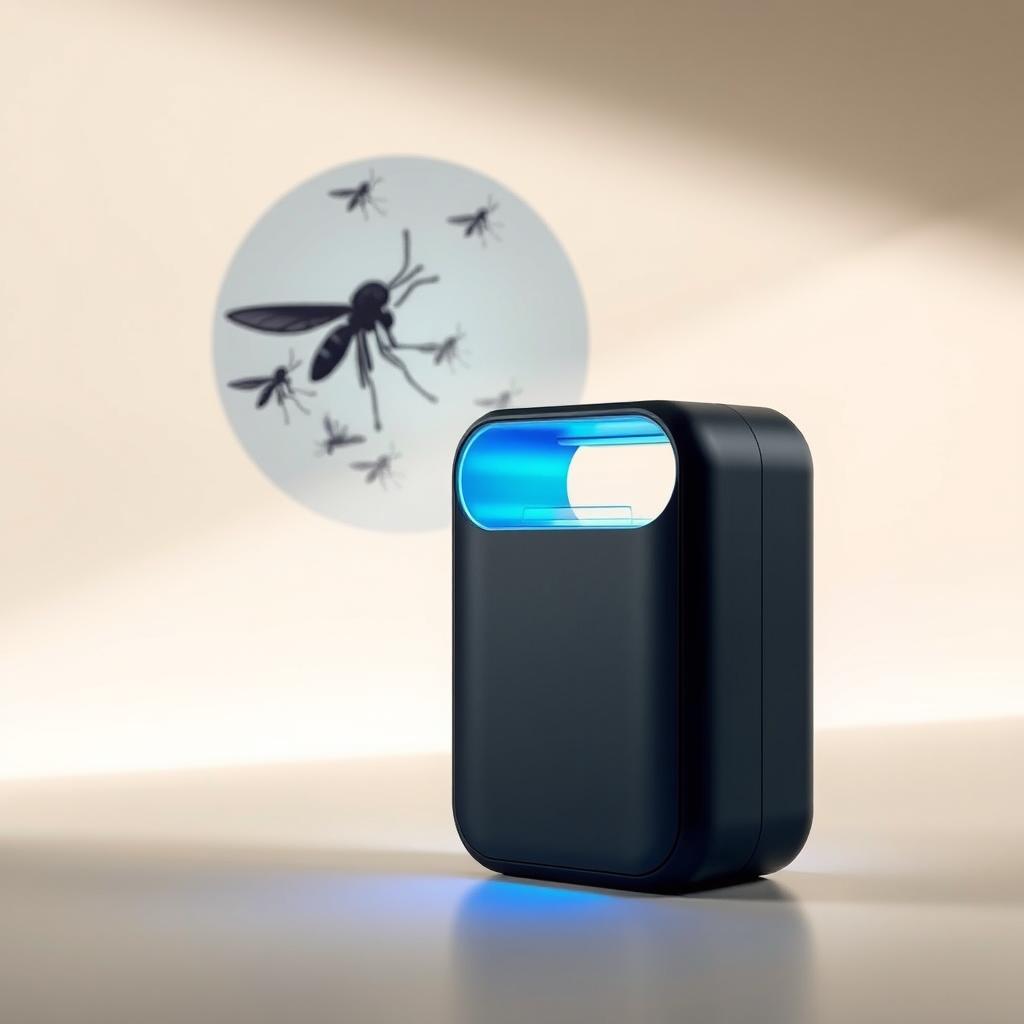
After months of testing, one standout product emerged as our clear winner. The Thermacell LIV Smart Mosquito Repellent System outperformed competitors in Consumer Reports trials, offering unmatched convenience and coverage. Its app-controlled design and scalable zones make it ideal for decks, patios, and large yards.
- Effectiveness: Reduced bites by 80% in field tests, thanks to metofluthrin repellent pods.
- Ease of Use: The rechargeable battery lasts 12+ hours, and the app sends maintenance alerts.
- Safety: EPA-registered formula is low-risk for families and pets.
Compared to runner-ups like Mosquito Magnet®, the LIV requires less upkeep—no propane tanks or messy nets. It’s also quieter, making it perfect for evenings outdoors.
For smaller budgets, similar products like the OFF! Clip-On work well for personal use. But if you want whole-yard protection, the LIV is worth the investment. Check current pricing here.
Setting Up Your Mosquito Trap
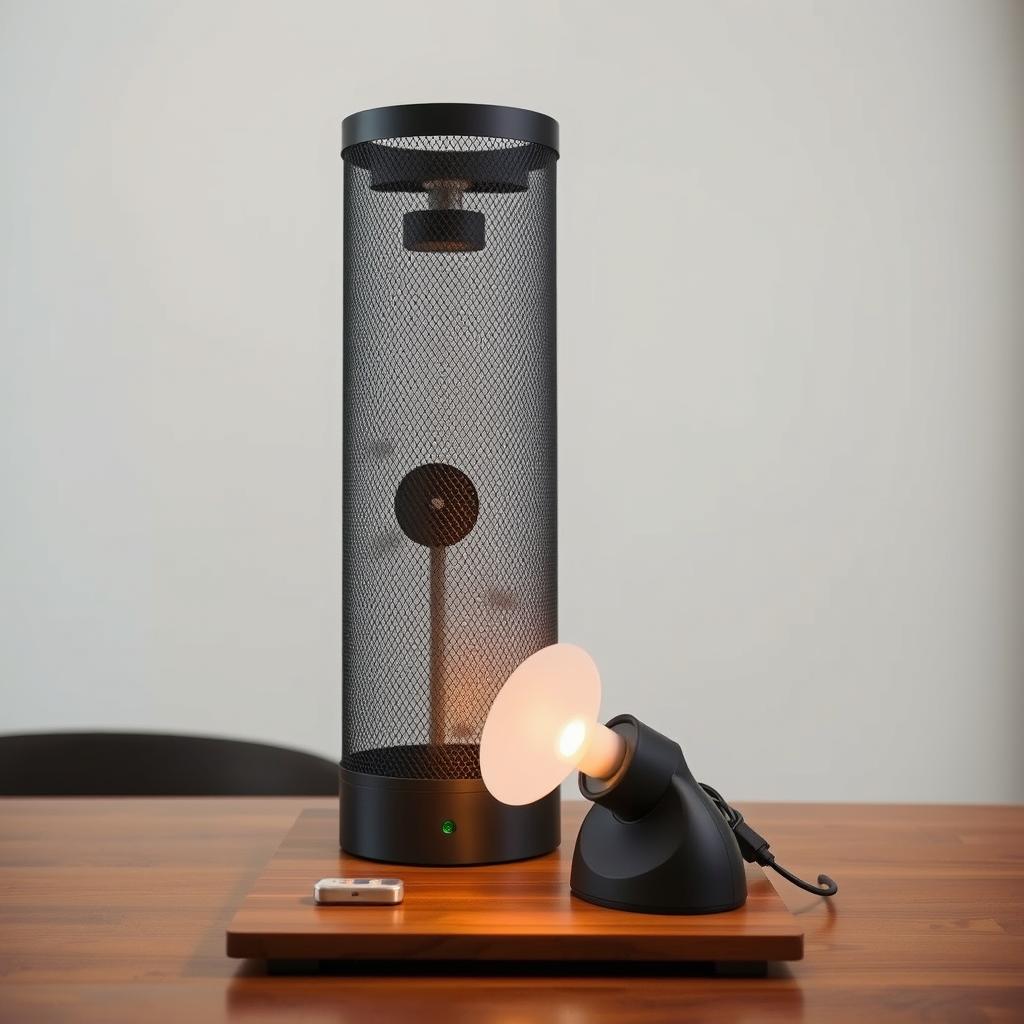
Getting the most out of your trap starts with smart setup. A well-placed device can cut bites by half, turning your yard into a peaceful retreat. Follow these tips to optimize performance from day one.
Ideal Placement for Maximum Effectiveness
Location is key. For Thermacell LIV, keep units 24 feet apart on flat surfaces. Mosquito Magnet® needs 30 feet from seating areas to lure pests away. Height matters too—place traps at knee level for best results.
Balance sun and shade. Too much sunlight can overheat electric models, while dense shade limits CO2 dispersion. Aim for partial coverage near gathering spots.
Step-by-Step Installation Guide
Start with the right part of your property. Stake traps firmly, especially in soft soil. Use sandbags for windy areas to prevent tipping.
Check electrical safety for wired models. Outdoor-rated extension cords and GFCI outlets are a must. Prime propane traps with attractant for quick results.
Give traps the right amount of space. Crowding reduces efficiency, while spacing too far apart leaves gaps in coverage. Measure carefully for seamless protection.
Maintaining Your Mosquito Trap
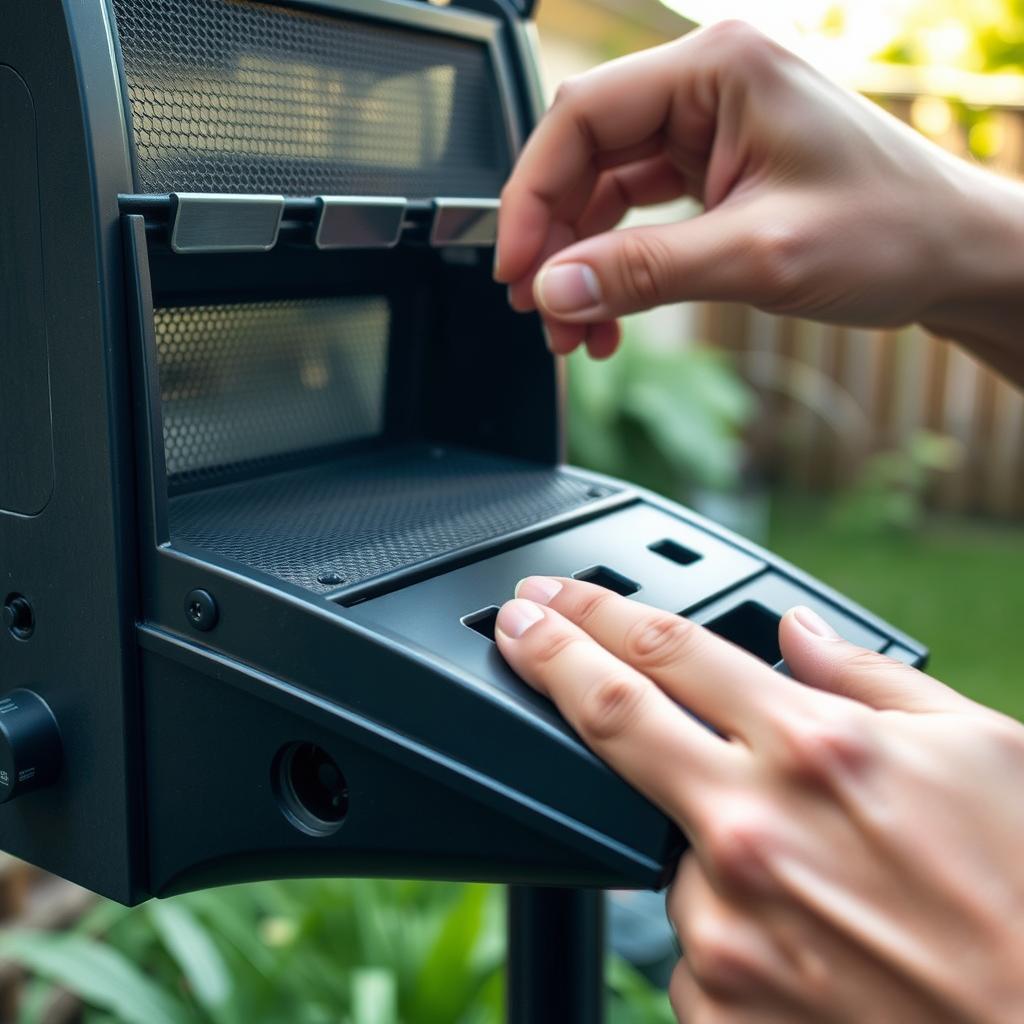
Keeping your mosquito trap in top shape extends its life and performance. A well-maintained product stops pests better and saves time on fixes. Let’s break down simple steps to avoid common issues.
Cleaning and Replacing Parts
Dirt clogs vents and reduces efficiency. For Mosquito Magnet®, swap nets monthly during peak season. Thermacell pods last 40–100 hours—check settings to maximize runtime.
Clean intake vents weekly with a soft brush. Wipe collection chambers to prevent mold. Replace worn-out parts like fans or seals promptly.
Seasonal Care Tips
Winterize propane traps by draining fuel lines. Store units indoors to protect electronics. For battery models, remove cells to avoid corrosion.
Before spring, test all components. Look for cracks or leaks. A quick tune-up ensures your system’s ready when bugs return.
Integrating Traps with Other Mosquito Control Methods
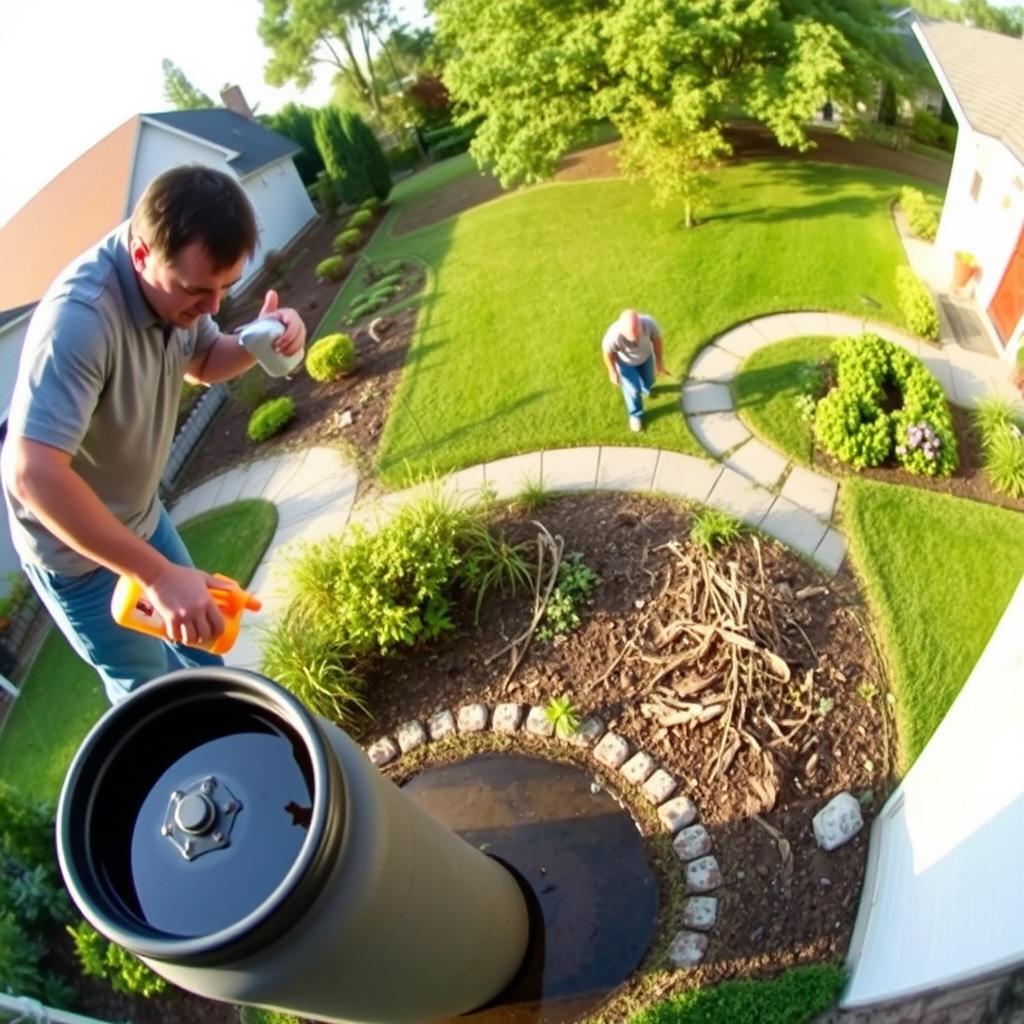
A layered defense strategy works best against persistent biters. While traps reduce populations, combining them with habitat modification and personal protection creates stronger results. We’ll show how to build your 21-day management plan.
Eliminate Standing Water Weekly
The CDC found emptying containers every 5 days breaks the breeding cycle. Check these spots:
• Birdbaths and pet bowls (refresh daily)
• Clogged gutters (clear debris monthly)
Boost Protection with Repellents and Clothing
EPA-approved insect repellents containing 20% picaridin or 30% DEET add personal barriers. For high-risk areas like woods, permethrin-treated clothing provides 6 wash cycles of protection.
Landscaping tweaks help too. Trim shrubs where pests rest and install bat houses—one colony eats 6,000 bugs nightly. For ponds, use aerators or mosquito fish instead of chemicals.
Understanding Local Mosquito Species
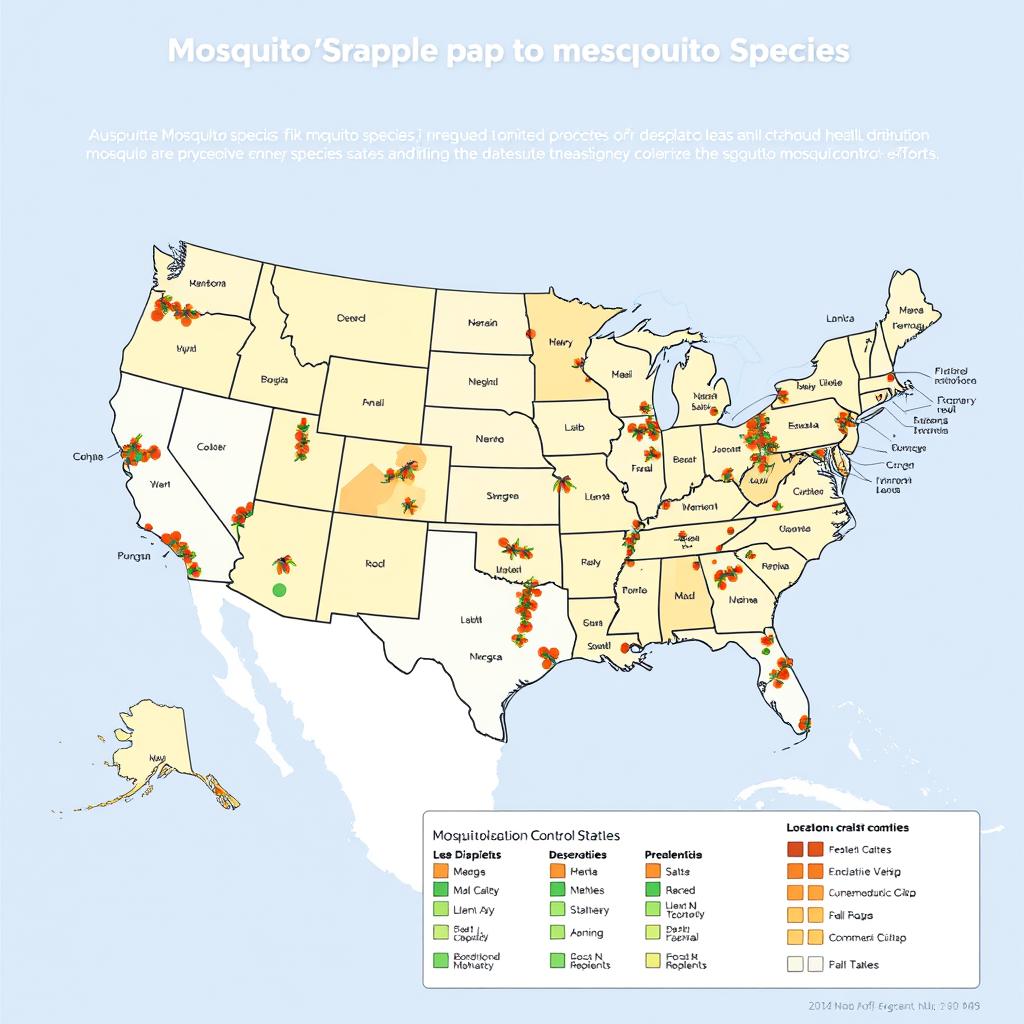
Your location determines which pests plague your backyard. Over 200 mosquito species thrive in the U.S., each with unique habits. Knowing your local population helps you fight smarter.
How Species Affect Trap Choice
Aedes mosquitoes, like the ankle-biting Aedes aegypti, spread Zika and dengue. They’re daytime biters, so 24/7 traps work best. Culex species prefer dusk and carry West Nile—CO2 traps excel against them.
Key differences to consider:
- Activity times: Match trap runtime to biting hours.
- Attractants: Aedes respond to lactic acid; Culex track CO2.
- Breeding sites: Urban Culex thrive in gutters; Aedes prefer containers.
Regional Mosquito Control Tips
The American Mosquito Control Association shares region-specific advice:
- Gulf Coast: Use propane traps year-round for aggressive Aedes.
- Midwest: Target Culex with UV-enhanced traps near standing water.
- Northeast: Deploy spatial repellents for short but intense seasons.
Check your state’s health department for local information. Simple changes, like trimming shrubs where Culex rest, boost your environment’s defense.
The Role of Technology in Mosquito Control

Tech is changing how we fight backyard pests. Gone are the days of guessing when to run traps or forgetting maintenance. Today’s solutions blend smart technology with hands-free convenience, making protection seamless.
Smart Traps and App Integration
Products like Thermacell LIV sync with your phone for precision control. Set schedules, track usage, and get alerts—all from an app. *Research* shows connected traps reduce bites by 30% more than manual models.
Key features to love:
- Remote adjustments: Turn traps on before arriving home.
- Usage data: Apps track activity peaks to optimize runtime.
- Maintenance reminders: Never miss a pod or tank refill.
Future Innovations
Next-gen solutions are already in labs. Drones map breeding sites, while genetic *research* targets pest DNA. Smart homes may soon auto-deploy traps based on weather *information*.
Privacy matters too. Opt for brands with encrypted data if sharing usage stats worries you. The right balance of tech and trust keeps your yard—and *information*—safe.
Cost vs. Value: Are Mosquito Traps Worth It?
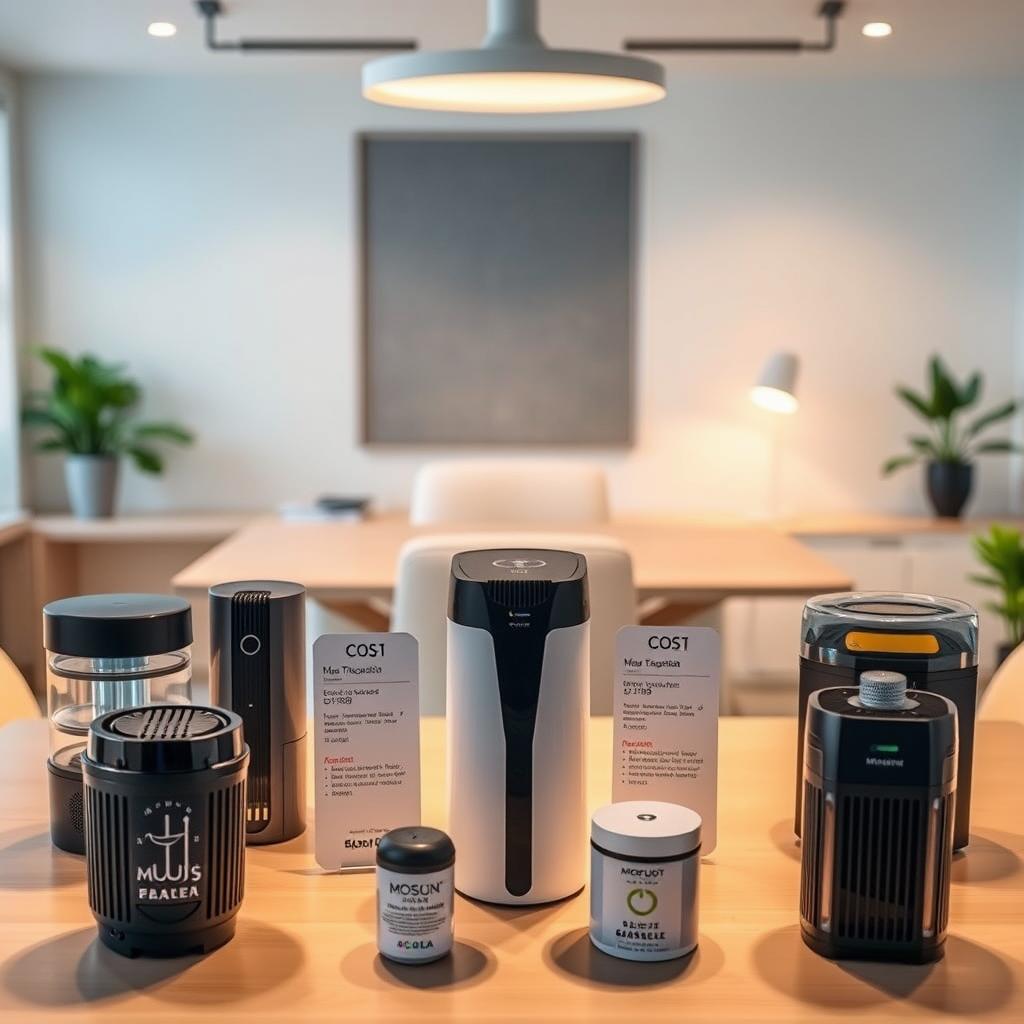
Quality protection doesn’t have to break the bank—if you choose wisely. We analyzed long-term expenses to help you decide. While some systems cost more upfront, their lifespan and bite reduction often justify the price.
Long-Term Savings Analysis
The Thermacell LIV system costs $800+ but slashes repellent waste. Its pods last 100 hours, cutting yearly spending by 60% versus sprays. Research shows families save $200+ annually on bite treatments alone.
Mosquito Magnet® requires $300/year for propane and attractants. However, its 1-acre coverage suits large properties better than multiple cheaper units. Over 5 years, both products cost less than weekly pest control services.
Comparing Upfront Costs
Initial prices vary widely:
- Budget: $50–$150 for basic electric traps (last 1–2 seasons)
- Mid-range: $200–$500 for propane models (3–5 year life)
- Premium: $800+ for smart systems like Thermacell (5+ years)
Your amount of outdoor space and local pest pressure dictate the best fit. A $300 investment now could add $5,000+ to your home’s value by creating usable yard space.
Common Misconceptions About Mosquito Traps

Many backyard warriors swear by bug zappers, but science tells a different story. University of Florida research shows these devices kill less than 0.1% of biting pests while eliminating beneficial insects.
The Truth About UV Light Traps
That satisfying blue glow? It mostly attracts moths and beetles. Mosquitoes respond to body heat and carbon dioxide, not ultraviolet light. Most zappers simply don’t work well against the species that bother us.
Marketing claims often highlight “mosquito attraction” without peer-reviewed proof. The American Mosquito Control Association confirms CO2-based traps outperform light-based ones by 400% in field tests.
What Actually Attracts Mosquitoes
Female biters hunt using three cues: exhaled CO2, body warmth, and skin chemicals. Effective traps mimic this combination. Simple heat lamps or UV bulbs miss two-thirds of what draws pests to humans.
Some traps accidentally harm pollinators while failing to reduce bites. Look for solutions that target specific species without disrupting your garden’s ecosystem. The right balance protects both people and beneficial insects.
When shopping, prioritize independent testing over flashy claims. Your summer comfort deserves solutions backed by real science, not just bright lights.
Environmental and Safety Considerations
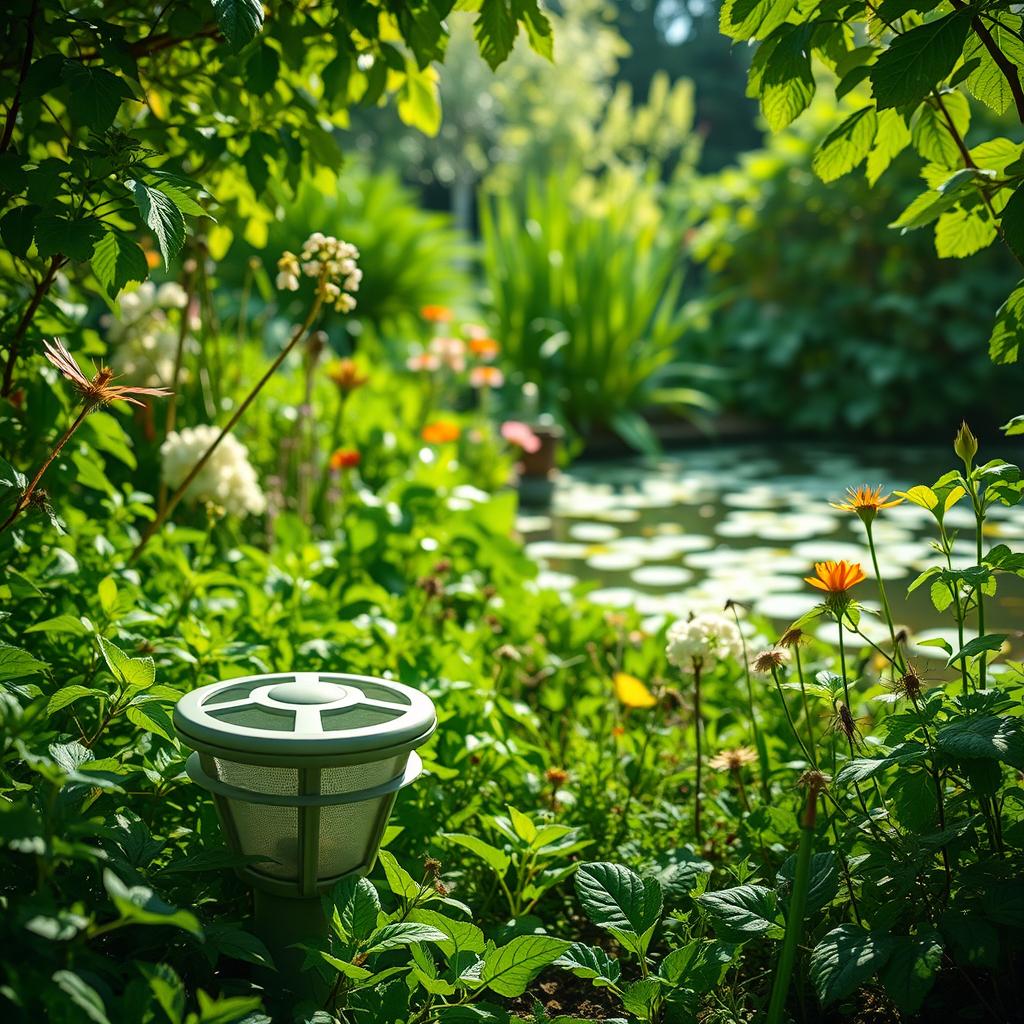
Protecting your yard shouldn’t come at the cost of harming nature. Today’s solutions let you tackle pests while keeping your environment safe. We’ll explore how to balance effectiveness with eco-conscious choices.
How Traps Affect Non-Target Insects
Some chemicals in repellents, like Thermacell’s metofluthrin, are EPA-registered but may impact pollinators. The mosquito control association recommends traps with selective lures to protect bees and butterflies.
For aquatic life, avoid placing devices near ponds. Propane traps release CO2 safely, while spatial repellents minimize runoff risk.
Chemical-Free Alternatives
Essential oil diffusers offer a natural approach, though their range is limited. Citronella and eucalyptus oils may reduce bites by 40% in small areas.
For families, consider these safety tips:
- Place traps 10+ feet from play areas or pet bowls.
- Store chemicals in locked cabinets, following disposal labels.
- Opt for UV-free designs to protect nocturnal insects.
Your yard can stay pest-free without compromising the ecosystem. Small changes make a big difference.
Where to Buy the Best Mosquito Traps

Your purchase experience matters as much as the product itself. We’ll guide you to reputable sellers and help dodge scams.
Trusted Retailers and Online Stores
Stick to official brand sites like Thermacell or Mosquito Magnet® for warranties. Amazon and Home Depot also stock verified products, often with buyer reviews.
Seasonal sales pop up in spring—watch for bundle deals on refills. Some retailers offer free shipping or loyalty discounts. Always compare return policies.
What to Avoid When Shopping
Skip sellers with prices far below average. Counterfeit ones often lack safety certifications. Check for misspellings in listings or stock photos.
*Research* third-party sellers thoroughly. Look for contact information and real customer photos. If it feels off, trust your gut.
Take Back Your Yard with the Right Mosquito Trap
Summer nights should be about laughter, not swatting. With the right trap, your yard becomes a haven—not a battleground.
Remember what matters: coverage for your space, tech that fits your lifestyle, and budget-friendly upkeep. Small patios thrive with spatial repellents, while large properties need propane-powered powerhouses.
Pair your product with simple habits. Empty standing water weekly and wear protective clothing on high-risk days. The CDC’s local information guides regional strategies.
Ready to enjoy pest-free evenings? Share your success stories below. We’re here to help you host, relax, and reclaim every sunset.
If you want to read more article,please click here.
If you want to know more,then click here.
Leave a Reply